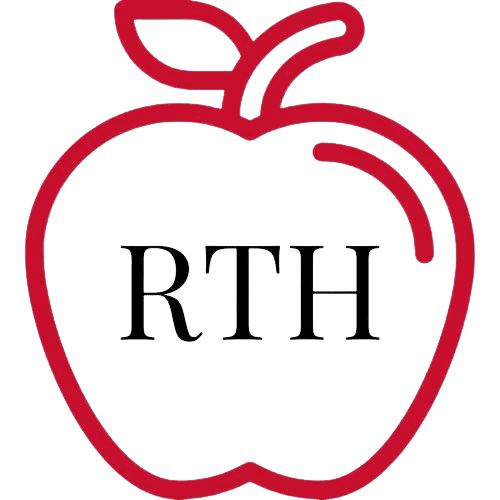Added sugars are in many food products that we have every day. They’re used to help preserve foods and make them more enjoyable to eat.
Having too much added sugar however can have health consequences, such as increasing your risk of type 2 diabetes and other chronic health conditions.
It can also make it more difficult to lose weight as most foods high in added sugar are also high in calories, and these foods don’t give you sustainable energy which can lead to overeating.
How much added sugar is recommended?
The current recommendation is to keep our added sugar intake below 10% of our daily energy intake, which is around 50g or 12 teaspoons a day. A can of coke has 10 teaspoons of sugar, so it can be easy to go over this amount.
What about fruit?
Fruit doesn’t count towards your sugar intake as it contains naturally occurring sugars. Fruit also contains essential vitamins and minerals and is a great source of fibre. It’s best to have fruit as a whole rather than fruit juice. Although juice still has naturally occurring sugars, it’s more concentrated and you miss out on the fibre. For example, one cup of orange juice is the equivalent of eating three oranges.
Examples of how much added sugar is in certain foods
-
375ml can of coca-cola – 10 tsp
-
250ml fruit juice – 6 tsp
-
160g strawberry yoghurt – 3 tsp
-
1 muesli bar – 1.5 tsp
-
20g lollies – 2.7 tsp
-
600ml carton iced coffee – 10 tsp
-
2 tim tams – 4 tsp
-
53g mars bar – 7 tsp
-
Magnum ice-cream – 5 tsp
Sugar alternatives
It’s important to note that sugar “alternatives” out there such as maple syrup, rice malt syrup, honey and coconut sugar, are actually still sugar. They can be great for adding different flavours to foods, but they are still a form of added sugar so replacing table sugar with these options won’t reduce your sugar intake.
How to reduce added sugar in your diet
It can be overwhelming to see the recommended sugar intake and how easy it can be to go over it, but there are some simple changes you can make to your diet to start reducing your intake. These include:
-
Reduce your intake of soft drink.
-
Try baking more instead of buying pre made cakes and biscuits. This way you have more control over how much sugar goes into them. It can be as simple as replacing half the sugar with a sweetener such as stevia or mashed banana or apple puree, and adding spices for flavour.
-
Replace flavoured yoghurt with plain yoghurt and add fruit.
-
Increase your fruit intake. This can be fresh, frozen, and canned in fruit juice.
None of this means you can’t go for an ice cream at night or enjoy a fruit juice in moderation. Understanding added sugar isn’t about labelling foods as bad or off-limits.
Instead, it’s about being mindful of where it sneaks into your diet and how it affects your body. This knowledge empowers you to make helpful changes while still occasionally indulging.
Ready to take control of your nutrition and achieve your health goals? Unlock personalised guidance and custom meal plans tailored to your needs.
Say goodbye to sugar overload and hello to a healthier you! Join now to get started on your journey.




